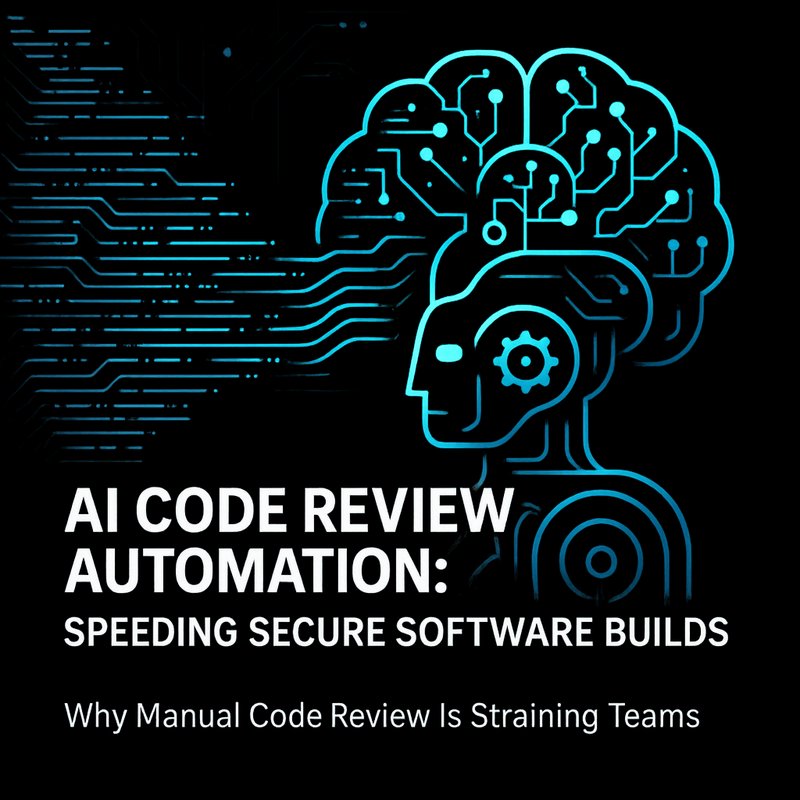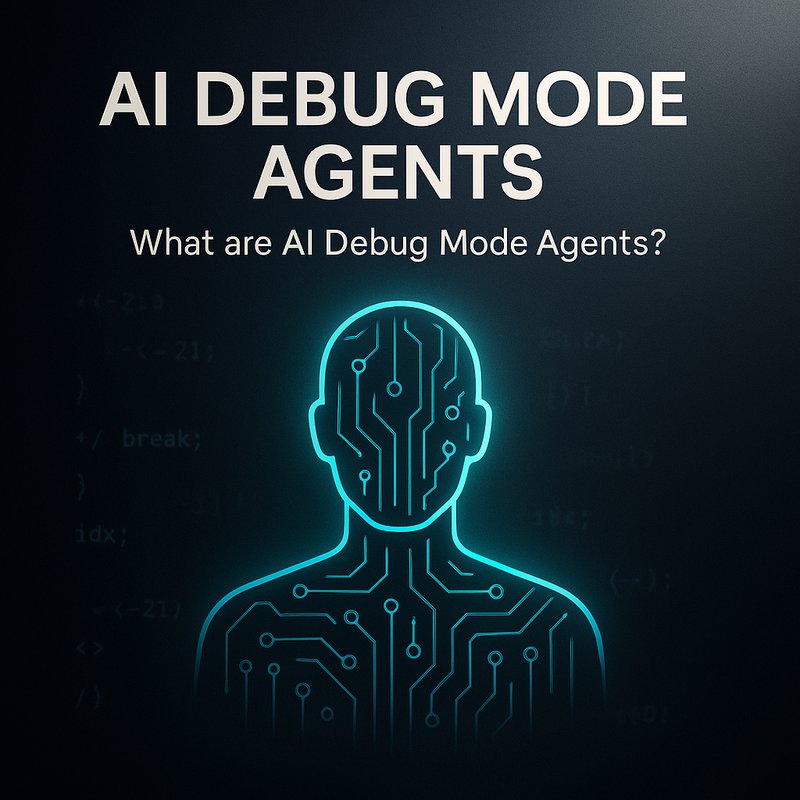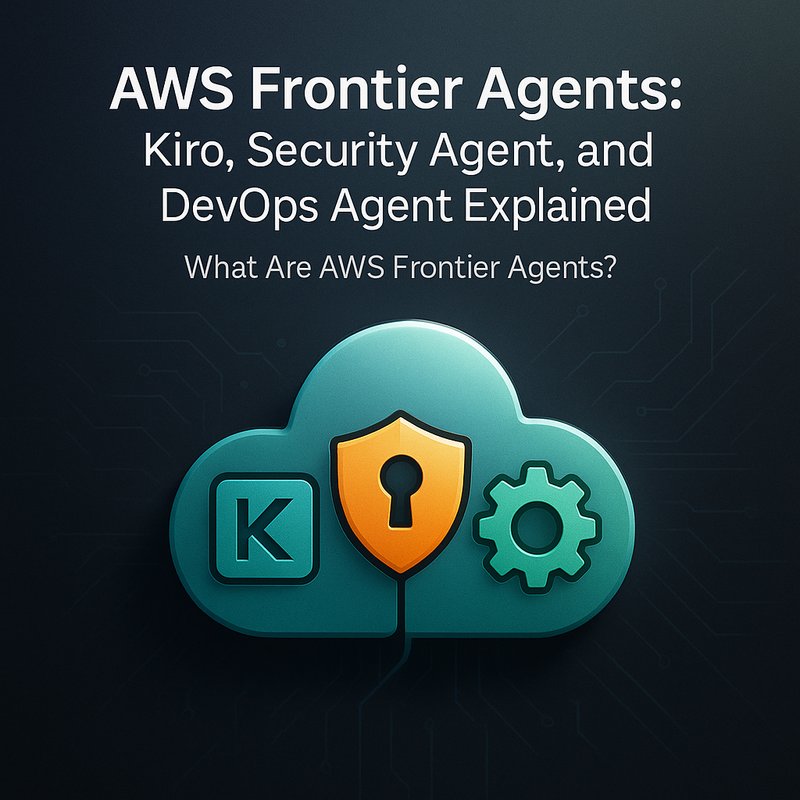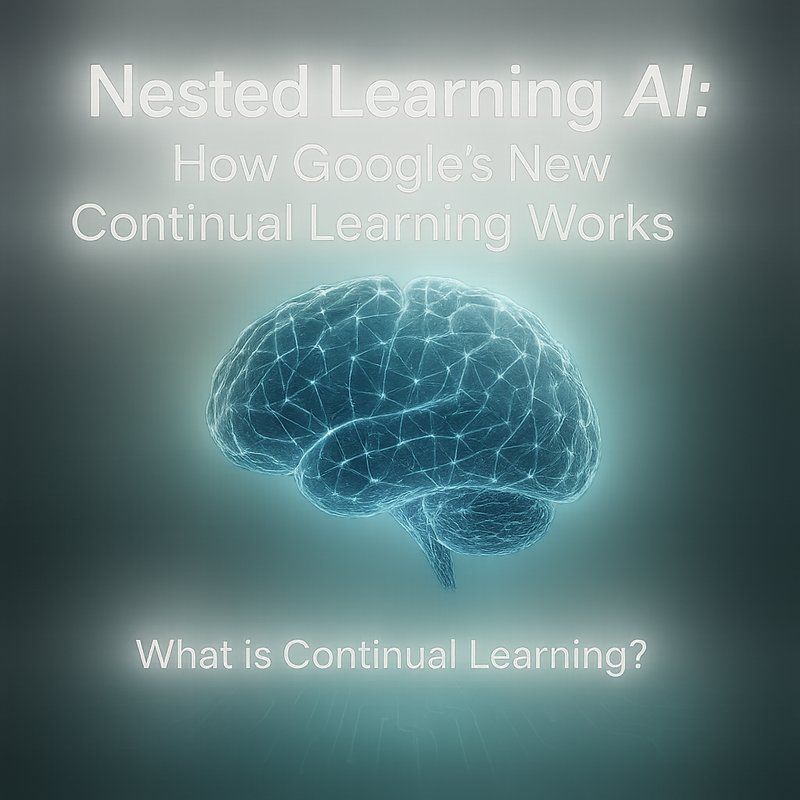Artificial intelligence can read code faster than any human, spotting bugs, security flaws, and style violations before a line hits production. AI code review automation is turning what used to take days of manual effort into a quick, repeatable process that keeps quality high and compliance tight.
In this guide you’ll learn why automating code review matters, how to set up a system, and what tools and practices make it work. We’ll also show a real‑world example and give you a play‑by‑play checklist you can follow right away.
Why Manual Code Review Is Straining Teams
Software teams often juggle tight deadlines, new features, and bugs. Traditional code reviews—where a senior engineer looks over a pull request—can become bottlenecks:
- Time‑consuming – A review can take 20–30 minutes per PR, and a backlog of hundreds slows releases.
- Inconsistent – Human reviewers have different styles and may miss subtle issues.
- Scalable – A growing codebase or distributed teams make it hard to keep review quality stable.
When teams push speed, the risk of introducing defects or vulnerabilities increases. Automated review helps teams catch problems early, reduce rework, and maintain high standards.
What Is AI Code Review Automation?
AI code review automation uses machine learning models and rule engines to scan source code and provide feedback automatically. The system learns from past reviews, patterns in the codebase, and security guidelines. It can:
- Detect syntax errors, dead code, or inefficient patterns.
- Identify security weaknesses like injection points or hard‑coded secrets.
- Enforce style guides and architectural constraints.
- Suggest refactorings or unit‑test coverage gaps.
The output is a report or comment that the developer can act on before the merge.
Core Components of an AI‑Powered Review System
| Component | What It Does | Example Tools |
|---|---|---|
| Source‑Code Ingestion | Pulls changes from Git, CI pipelines, or IDE plugins. | GitHub Actions, GitLab CI, Jenkins |
| Feature Extraction | Parses code into tokens, abstract syntax trees, or metrics. | OpenAI Codex, tree-sitter, clang‑libclang |
| Model Engine | Runs the ML model to classify issues or suggest fixes. | BERT‑style models, rule‑based engines |
| Policy Layer | Maps model outputs to organization policies (e.g., “no SQL injection”). | Custom policy scripts, OPA (Open Policy Agent) |
| Remediation Workflow | Generates comments, pull‑request notes, or auto‑merge suggestions. | PR bot, Slack notifications |
These layers work together to give you a seamless developer experience.
Step‑by‑Step Guide to Building an AI Code Review Pipeline
Below is a beginner‑friendly workflow that you can adapt to your stack.
1. Define Your Objectives
Ask simple questions that shape the system:
- What code quality issues do we see most often?
- Do we need security scanning, style enforcement, or both?
- How many pull requests per day do we receive?
- What is the acceptable false‑positive rate?
Documenting goals keeps the pipeline focused.
2. Gather Your Codebase and History
Start by cloning the repository and exporting its commit history. If you’re using GitHub, you can pull data via the GraphQL API. Keep the data in a local or cloud storage bucket that the model can read.
3. Set Up a Feature Extraction Tool
Parsing code is the foundation. Choose a parser that supports your language(s). For JavaScript/TypeScript, tree‑sitter provides fast AST generation. For Python or Java, libclang or astroid works well.
Store extracted features (token counts, function lengths, cyclomatic complexity) in a CSV or Parquet file for training.
4. Build or Import a Model
You can start with a pre‑trained language model fine‑tuned for code. Models from Hugging Face’s CodeBERT or OpenAI Codex can be adapted.
Training tips
- Use past review comments as labels.
- Augment data with public defect datasets (e.g., Defect4J, CWE‑CVE).
- Split data: 70 % train, 15 % validation, 15 % test.
- Evaluate precision, recall, and F1‑score to avoid too many false positives.
If you prefer rule‑based checks, combine them with ML predictions.
5. Define Policies
Translate your organization’s standards into code rules. For example:
- “No hard‑coded passwords.”
- “Functions must have at least one unit test.”
- “SQL queries should use parameter binding.”
Use a policy engine like Open Policy Agent (OPA) to evaluate model outputs against these rules.
6. Integrate with Your CI Pipeline
Deploy the model as a container that runs on every push or pull request. In GitHub Actions, a job could look like:

name: AI Review
runs-on: ubuntu-latest
steps:
- uses: actions/checkout@v4
- name: Run AI Code Review
uses: docker://neura/ai-review:latest
with:
repo: ${{ github.repository }}
branch: ${{ github.ref }}
The job outputs comments directly to the PR and can set a status check that blocks merges until issues are resolved.
7. Provide Feedback Loop
Collect developer feedback on the AI’s suggestions. Add a “Did you find this helpful?” toggle in PR comments. Feed the responses back into training data to improve the model over time.
8. Monitor and Iterate
Set up dashboards (Grafana, Prometheus) to track metrics:
- Number of issues flagged per PR.
- Acceptance rate of AI suggestions.
- Time to merge after review.
Retrain the model quarterly or after major codebase changes.
Real‑World Success Story: A FinTech Startup
Company – FinSecure, a payment‑processing platform.
Challenge – Monthly code reviews lagged behind releases; security patches were delayed.
Solution – Implemented AI code review automation:
- Integrated a Codex‑based model with GitLab CI.
- Created policies for OWASP Top‑10 mitigations and style guidelines.
- Added a bot that comments on PRs and blocks merges if critical issues remain.
Results –
| Metric | Before | After |
|---|---|---|
| Average review time | 1.5 days | 2 hours |
| Security defects in production | 8 per month | 1 per month |
| Developer satisfaction | 65 % | 90 % |
The startup saved $15k in developer hours annually and reduced incident response time.
Common Pitfalls and How to Avoid Them
| Pitfall | Why It Happens | Fix |
|---|---|---|
| Too many false positives | Model over‑fits on training data | Tune thresholds, add human review for borderline cases |
| Model drift | New languages or libraries change patterns | Retrain monthly, monitor performance |
| Missing policy updates | New compliance rules not added | Schedule quarterly policy reviews |
| Integration lag | CI pipeline takes too long | Optimize model inference, use caching |
| Security risk | The AI system becomes a target | Run the model in a secure container, use least‑privilege IAM |
A feedback loop that includes developers and security analysts keeps the system healthy.
Emerging Trends in AI‑Powered Code Review
- Explainable AI for code – Models that explain why a line is flagged, boosting trust.
- Language‑agnostic models – Single models that handle many languages, reducing maintenance.
- Continuous learning from PR comments – Models that update from live feedback.
- Integration with IDEs – Real‑time suggestions while typing, not just after commit.
- Open‑source model sharing – Community‑maintained code review models reduce cost for small teams.
Staying updated on these trends helps you keep the system fresh and effective.
How Neura AI Can Help
Neura AI’s Neura ACE offers an end‑to‑end platform for automated content and compliance workflows. Though primarily aimed at content, the same architecture can be adapted for code review:
- Pull code from GitHub via an API connector.
- Feed parsed code into a custom model trained on your codebase.
- Generate policy rules in a policy engine.
- Emit PR comments or Slack alerts automatically.
Explore Neura ACE at https://ace.meetneura.ai for more details.
Takeaway
Automating code review with AI turns a manual, error‑prone task into a fast, reliable process. By collecting code, extracting features, training a model, and enforcing policies in your CI pipeline, you can reduce defects, improve security, and free developers to focus on building new features. Start small—pick one language, one policy, and one CI job—and scale from there. The savings in time and risk are worth the initial effort.









